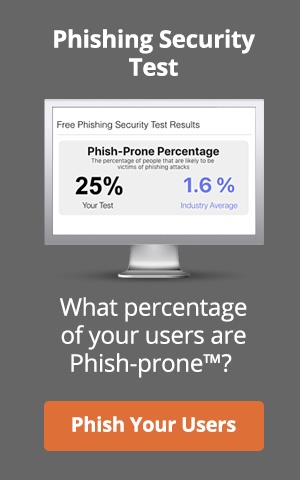Email Vector By far the most common scenario involves an email attachment disguised as an innocuous file. Many times hackers will send a file with multiple extensions to try to hide the true type of file you are receiving. If a user receives a phishing email with an attachment or even a link to a software download, and they install or open that attachment without verifying its authenticity and the sender’s intention, this can lead directly to a ransomware infection. This is the most common way ransomware is installed on a user’s machine.
Drive-by-Download Increasingly, infections happen through drive-by downloads, where visiting a compromised website with an old browser or software plug-in or an unpatched third party application can infect a machine. The compromised website runs an exploit kit (EK) which checks for known vulnerabilities. Often, a hacker will discover a bug in a piece of software that can be exploited to allow the execution of malicious code. Once discovered, these are usually quickly caught and patched by the software vendor, but there is always a period of time where the software user is vulnerable.
Free Software Vector Another common way to infect a user’s machine is to offer a free version of a piece of software. This can come in many flavors such as “cracked” versions of expensive games or software, free games, game “mods”, adult content, screensavers or bogus software advertised as a way to cheat in online games or get around a website’s paywall. By preying on the user in this way, the hackers can bypass any firewall or email filter. After all, the user downloaded the file directly themselves! An example is a ransomware attack which exploited the popularity of the game Minecraft by offering a “mod” to players of Minecraft. When they installed it, the software also installed a sleeper version of ransomware that activated weeks later.
One method cybercriminals will use to install malicious software on a machine is to exploit one of these unpatched vulnerabilities. Examples of exploits can range from vulnerabilities in an unpatched version of Adobe Flash, a bug in Java or an old web browser all the way to an unpatched, outdated operating system.
- Products & Services
- Free Tools
- Pricing
- Resources
- About Us
- Contact Us
- Account Login



























